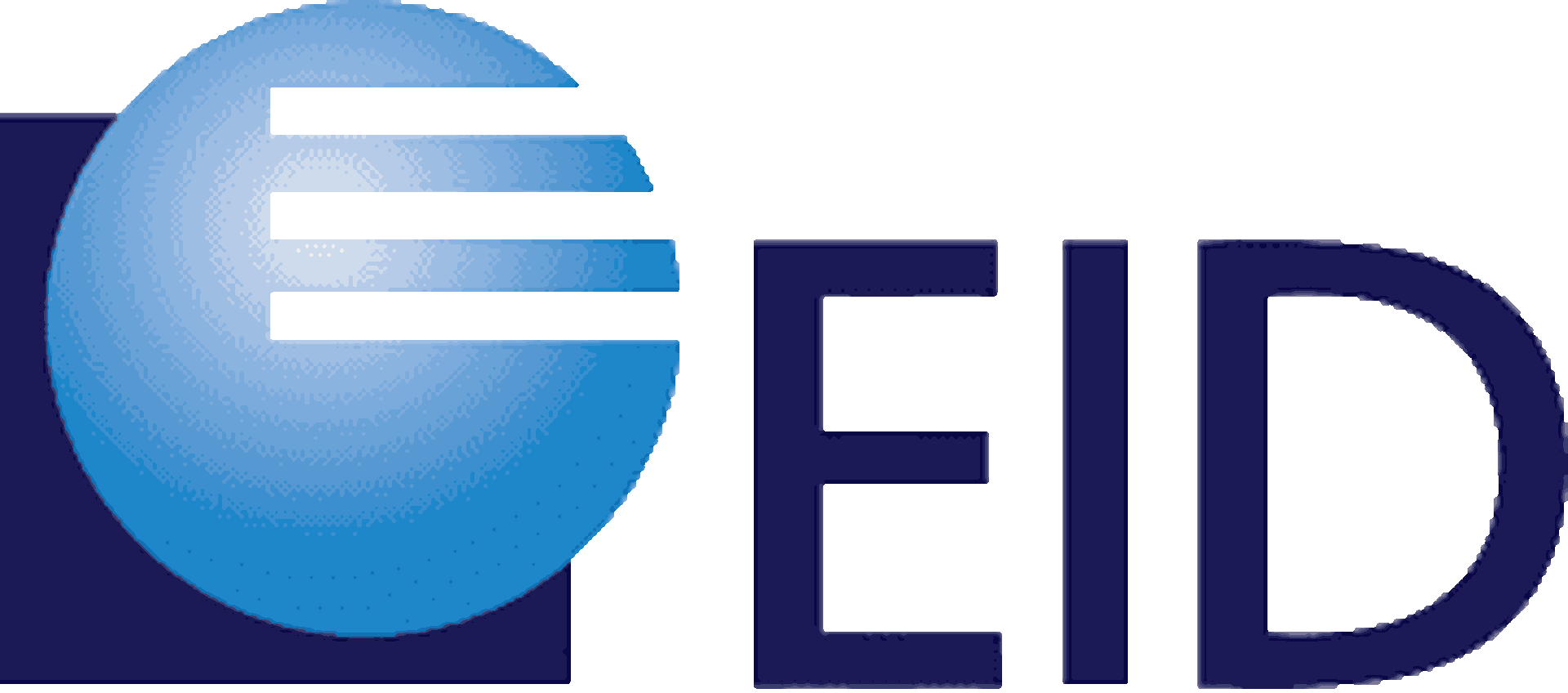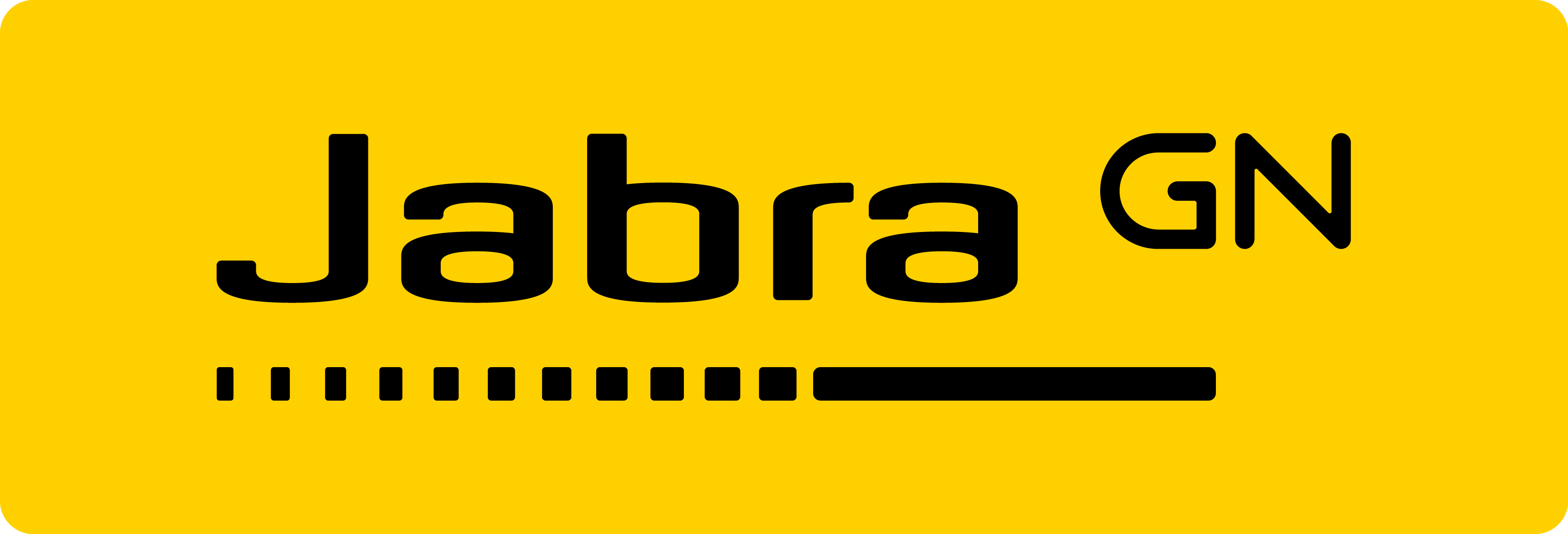CL-QCF
Onsite / Virtual classroom
3 days
Ends with an exam
Audience: Professionals
Preparedness: Matrix multiplication, vectors, complex numbers
Exercises: Hands-on
As the field of quantum computing continues to evolve and advance, there is a growing need for professionals with the knowledge and skills to tackle the complex challenges and opportunities it presents.
This comprehensive course is designed to provide participants with a thorough understanding of the fundamental principles and practical applications of quantum computing. Through a blend of theoretical and hands-on learning, participants will gain a deep appreciation for the potential of this cutting-edge technology and be equipped with the skills needed to make a real impact in the field.
Whether you are a researcher, engineer, or simply interested in this exciting and rapidly evolving field, this course offers a unique and valuable opportunity to gain the knowledge and skills needed to succeed in the quantum era.
Introduction to quantum computing
Postulates of Quantum Mechanics
Bloch sphere
IBM Quantum
Entanglement
Quantum Gates
No Cloning Theorem
Quantum algorithms
Programming in Qiskit
Gain the skills to accurately calculate the probabilities of quantum states
Obtain the knowledge and tools necessary to effectively illustrate quantum bits
Have the ability to write quantum circuits using the Qiskit language
Become proficient in utilizing the Quantum Computer of IBM
Handle complex subjects, provide practical skills training, and hands-on experience, enable discussion and collaboration, and maintain the motivation and accountability of learners.
Courses with couple of thousands of participants to be conducted in a short time frame, in any time zone, on-site or online.
Utilzing our R&D&I we combine academic knowledge with practical application, we develop and tailor courses to latest trends and clients' needs.
We use our proprietary platform with virtual machines for a safe practice, coding, and experimentation environment.


Budafoki street 187-189.
Budapest, 1117, Hungary
+36 1 205 3098
Trusted by top companies and brands:



















































